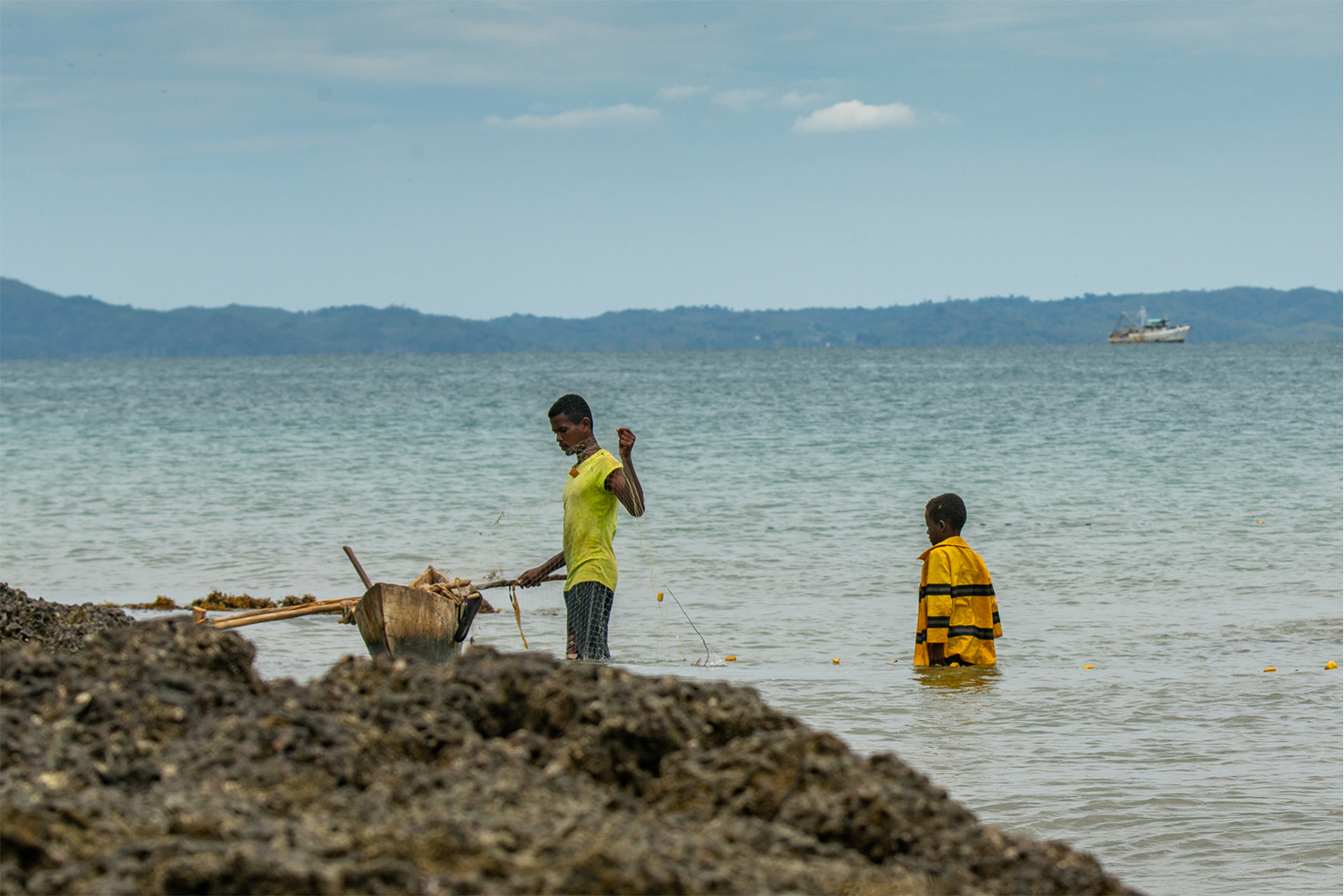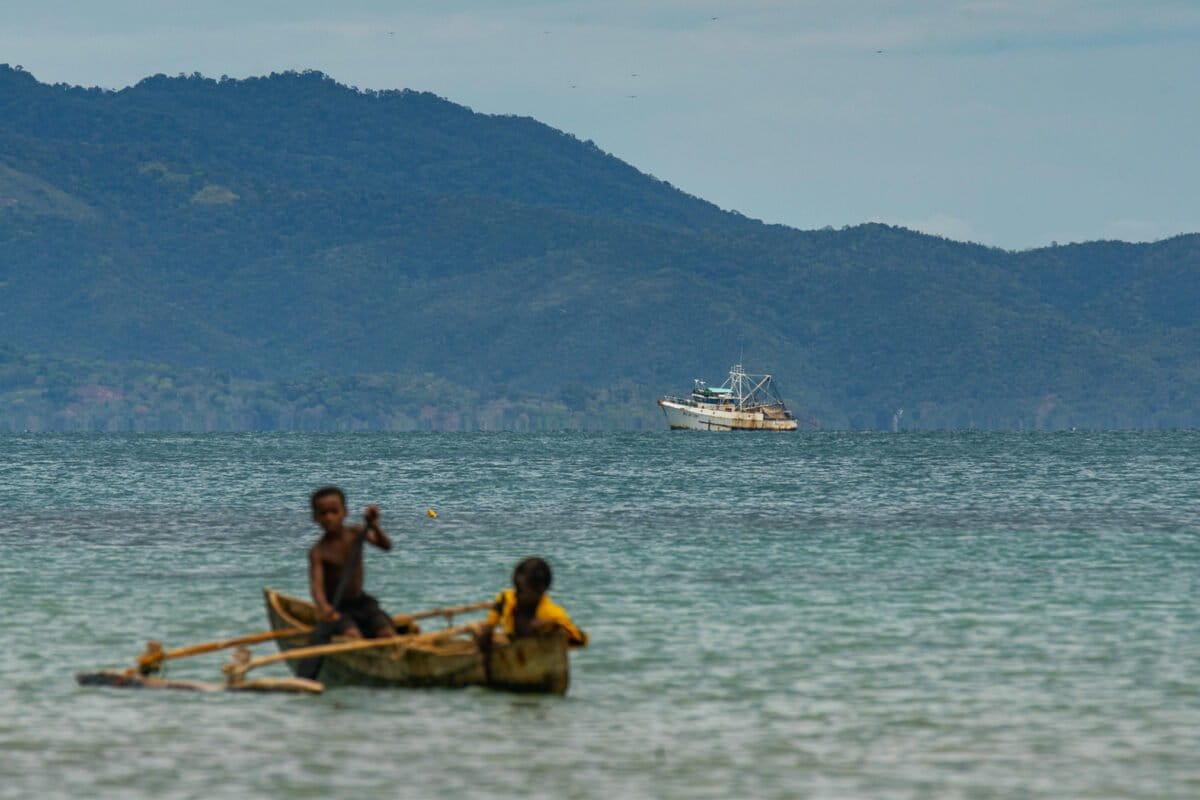- Madagascar recently released its first fisheries transparency report, part of an effort to open up, democratize, and improve the sustainability of its fisheries sector.
- The report is a key step in a process defined by the Fisheries Transparency Initiative (FiTI), a Seychelles-based nonprofit.
- It contains important information on traditional, artisanal and industrial fisheries, a list of the laws and regulations governing the sector, tenure arrangements, and access agreements — including previously undisclosed information.
- It also assesses the country’s transparency according to the availability and accessibility of data from six thematic areas as outlined by the FiTI Standard.
ANTANANARIVO — Madagascar recently released its first fisheries transparency report, part of an effort to open up, democratize, and improve the sustainability of its fisheries sector. The report is a key step in a process defined by the Fisheries Transparency Initiative (FiTI), a Seychelles-based nonprofit.
FiTI announced on Jan. 26 that Madagascar had published the report, covering the 2022 fiscal year and containing previously undisclosed information, in December. Madagascar is one of just a handful of countries to have achieved this step in the FiTI process, Cabo Verde having published its first report around the same time. The same day, the U.S. pledged support to help Madagascar fight illegal fishing.
“The launch of the FiTI report is a first step towards better transparency of the fisheries sector in Madagascar,” Ketakandriana Rafitoson, executive director of Transparency International–Initiative Madagascar (TI-MG) and an author of the report as well as a current FiTI board member, told Mongabay. “However, a lot of efforts still have to be undertaken to fully comply with the FiTI’s 12 transparency requirements.”
The fisheries industry is one of the most vital and lucrative in Madagascar, an island nation with more than 5,600 kilometers (3,500 miles) of coastline and around 1.2 million square kilometers (463,300 square miles) of economic exclusive zone. The sector has an annual production capacity of $750 million, which is 5-7% of the national GDP, according to the fisheries ministry citing World Bank data. More than 500,000 fishers living along the island’s coastline rely on marine resources for food and incomes while feeding millions of people.

Lack of transparency in Madagascar’s fisheries sector has long raised concerns, with reports of foreign vessels abusively exhausting fish stocks in the country’s waters, and secretive fishing deals with shadowy foreign companies.
The report, drafted by consultant Eric Beantanana for Madagascar’s multistakeholder group (MSG), a committee that oversees the country’s participation in the FiTI process, provides information about traditional, artisanal and industrial fisheries, a list of the laws and regulations governing the sector, tenure arrangements, and access agreements. It also assesses the country’s transparency according to the availability and accessibility of data from six thematic areas as outlined by the FiTI Standard.
Most important, details on large vessels, both foreign and domestic, operating in Madagascar’s waters were made public for the first time: their manner of operation, license delivery process, duration of the agreements under which they operate, quotas, catches, taxes paid, and the fisheries ministry’s use of the money earned from the agreements.
The report also lists recommendations for the Madagascar government to continue improving transparency. For example, to digitize any documents relating to fisheries laws, regulations and policies so they are publicly available, and to progressively eliminate confidentiality clauses in fishing agreements it signs with foreign entities, among other recommendations.
Madagascar embarked on the FiTI process three years ago. Tsimanaoraty Paubert Mahatante, Madagascar’s minister of fisheries and blue economy and a fisheries scientist himself, told Mongabay that as soon as he was appointed minister in August 2021, he wrote to the FiTI board indicating the country’s willingness to join. “They are astonished at the beginning,” he said. “It was the first time to see a minister writing to them and sharing his will to join this organization.”
Madagascar and five other countries — Cabo Verde, Ecuador, Mauritania, São Tomé and Príncipe, and Seychelles — are currently FiTI “candidate countries.” Each has an MSG comprising representatives of government, civil society and the private sector to guide and report annually on its progress toward meeting the 12 transparency requirements of the FiTI Standard. By demonstrating consistent progress toward that standard, they can eventually become “FiTI Compliant” countries, a status that requires regular reporting and validation by FiTI to maintain.

Madagascar’s MSG currently includes 12 organizations and institutions. “This is the only way to ensure that the MSG is representative of all types of fisheries,” Naly Rakotoarivony, head of policy and partnership at the NGO Blue Ventures in Antananarivo and an observer during the FiTI process, told Mongabay. “[T]he call for interest was spread and made public at each fisheries regional office,” he said.
He added that small-scale fishers (SSFs) were well represented in drafting the report and on the MSG, both among civil society members — by the MIHARI network of locally managed marine areas — and among private sector members, by the Comité de Gestion de Poulpe, the octopus management committee in southwest Madagascar.
“As this is the country’s first FiTI report, it is very important to involve as many fishers as possible in the next report. The more fishers we have on board, the more impactful the report will be,” Rakotoarivony said.
Rafitoson of TI-MG highlighted several recommendations raised in the report. Key among them is to enhance the fight against corruption and to ensure strict law enforcement to avoid impunity, she said. Another is to better invest in the evaluation of fish stocks and carry out a professional assessment of biomass and fishing effort; such assessments haven’t been done, yet are critical to sustainably managing fish stocks, she said. Improving data collection and ensuring it’s accessible online is another important task.
The report notes that the ministry not having an online information portal contributed to a lack of transparency, but the ministry launched one in July 2023, after the period the report covers. Moreover, even before the portal launched, the ministry shared information on social media platforms, a factor the report did account for, Mahatante said. “As people follow us on them, mainly on Facebook, we publish all information about fisheries, aquaculture, and every activity of the ministry,” he said.

Yet Mahatante acknowledged that information dissemination remains a challenge, especially to small-scale fishers who need accurate information and technical assistance to improve their livelihoods. Lack of reliable internet access in rural areas, combined with high illiteracy rates nationally, prevent many from accessing these resources. “How can we translate all the good ideas expressed in the report to the SSFs? We have to make the information spread as wide as possible,” he said. One avenue will be through organizations like the MIHARI network that work directly with fishing communities, he said.
To Rakotoarivony, the preparation of the FiTI report and the creation of the ministry’s website are among the most significant governance achievements in the past year. Next steps for Madagascar include finalizing and launching the second FiTI report, covering 2023, and securing financing from FiTI to undertake additional transparency projects.
Additional outside support is also pending from the U.S. During a visit to Antananarivo in January, Calvin Foster, commander of the U.S. naval fleet that covers Africa, discussed with Mahatante how the two countries could cooperate in reducing illegal, unreported and unregulated (IUU) fishing in Madagascar’s waters. While the details have yet to be worked out, possibilities include the U.S. helping to train fisheries inspectors or patrol Malagasy waters, or providing fuel assistance, Mahatante said.
“They know the will to improve fisheries governance in general is there, and so they’d like to contribute to it to maintain the effort we’ve conducted so far,” Mahatante said, referring to the U.S. Navy.
Banner image: Young fishers set a net close to shore on Nosy Faly as an industrial trawler fishes further offshore in 2021. Image by Mongabay.
Madagascar’s small fishers cheer new trawl-free zone, but do trawlers obey it?
FEEDBACK: Use this form to send a message to the editor of this post. If you want to post a public comment, you can do that at the bottom of the page.
